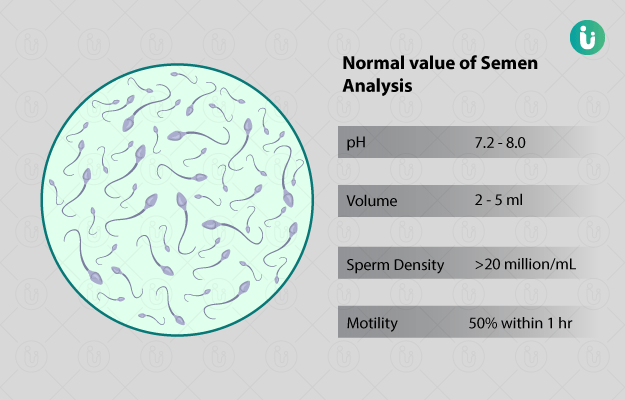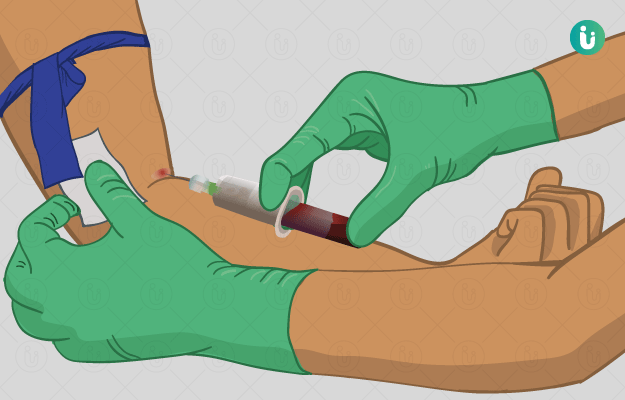What is Aluminium Blood test?
Aluminium is a mineral present in the body without a clear biological role. It enters the body through food (the daily intake of aluminium from diet ranges from five to 10 milligrams), water, medicines and through skin. Normally, all of this aluminium is excreted in the urine. However, regular and long term exposure to this metal may make it difficult for the body to excrete it out completely. This excess aluminium then starts to accumulate in various tissues, particularly in bones, brain and parathyroid glands, leading to aluminium toxicity.
Mineworkers or people who work in aluminium industry are at high risk of toxicity from this metal
Additionally, patients with kidney damage are not able to excrete out all the aluminium from their bodies and are at risk of toxicity.
Some other factors that may lead to aluminium toxicity in people suffering from renal failure are:
- When the dialysis process is not very effective in removing aluminium from the blood
- When aluminium is absorbed from oral medications such as antacids with aluminium hydroxide
- When the dialysis fluid has aluminium traces present in it
An aluminium test is ordered to assess aluminium toxicity caused due to any of the above-mentioned reasons. It is also done as a routine test to measure the concentration of aluminium in the blood of a renal failure patient.






























